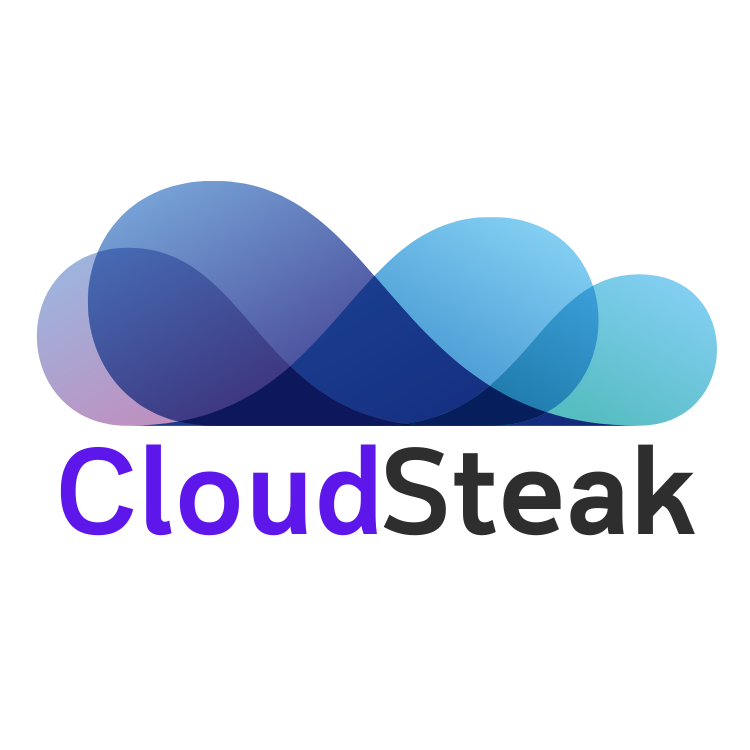Welcome to above the clouds

AWS – Amazon Transcribe announces support for AWS PrivateLink for Batch APIs
Amazon Transcribe is an automatic speech recognition (ASR) service that you can use to add speech-to-text capabilities to your applications. Starting today, AWS customers can use AWS PrivateLink to access the Amazon Transcribe batch API from their Amazon Virtual Private Cloud (Amazon VPC) without using public IPs or requiring the traffic to traverse the Internet. […]

AWS – Easily restore an Amazon RDS for MySQL database from your MySQL 8.0 backup
Starting today, you can use easily restore a new Amazon RDS for MySQL database instance from a backup of your existing MySQL 8.0 database, whether it’s running on Amazon EC2 or outside of AWS. This is done by using Percona XtraBackup to create a backup of your existing MySQL database, uploading the resulting files to […]

Azure – Azure Files premium tier is now available in more regions with LRS, ZRS, and NFS support
More Azure Files premium tier regions – more premium files regions with locally redundant storage (LRS), zone redundant storage (ZRS) support, and Network File System (NFS 4.1) public preview support. Read More for the details.

AWS – Amazon EMR integration with AWS Lake Formation is now generally available
Amazon EMR now allows you to leverage AWS Lake Formation for defining and enforcing fine-grained access control policies for Apache Spark applications. Previously, this feature was in beta. Read More for the details.

GCP – Providing open access to the Genome Aggregation Database (gnomAD) on Google Cloud
Today, we are excited to announce a collaboration between Google Cloud Healthcare & Life Sciences and the Broad Institute of MIT and Harvard to provide free access to one of the world’s most comprehensive public genomic datasets, the Genome Aggregation Database (gnomAD). gnomAD brings together data from numerous large-scale sequencing projects, including population and disease-specific […]

GCP – Announcing Google Cloud buildpacks—container images made easy
As a developer building a new application, you want to focus on writing code, not containerizing it. And if you already use containers, you know that creating a good, secure container image can be complicated and time-consuming. Today we’re launching broad support across Google Cloud for buildpacks—an open-source technology that makes it fast and easy […]

AWS – AWS IoT SiteWise is now available in Asia Pacific (Singapore) and Asia Pacific (Sydney) AWS regions
AWS IoT SiteWise is now available in the Sydney and Singapore AWS Regions, extending the footprint to 6 AWS Regions. Read More for the details.

AWS – AWS CodeArtifact now supports AWS CloudFormation
AWS CodeArtifact now supports AWS CloudFormation, enabling customers to create and manage CodeArtifact repositories with CloudFormation. Read More for the details.

AWS – Amazon ElastiCache on Outposts is now available
Amazon ElastiCache is now available on AWS Outposts. AWS Outposts bring native AWS services, infrastructure, and operating models to virtually any data center, co-location space, or on-premises facility. You can deploy Amazon ElastiCache on Outposts to set up, operate, and use cache on-premises, just as you would in the cloud. Amazon ElastiCache provides cost-efficient and […]

AWS – Amazon EventBridge announces support for Dead Letter Queues
Amazon EventBridge now supports Dead Letter Queues (DLQs), which make event-driven applications more resilient and durable by storing your events in queues when the events can’t be delivered, or the target is unavailable. Read More for the details.
